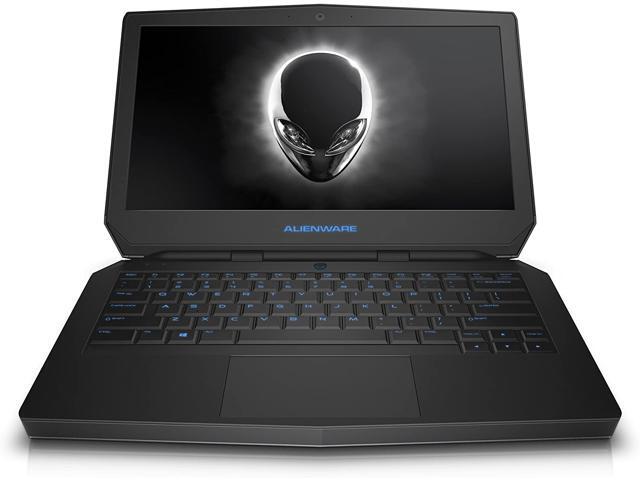
Either the figures are calculated using a particular formula or gaming desktops are unable to meet California’s electrical efficiency standards and may have been for some time.
#Old alienware desktop models Pc#
There’s no reasonable way I can see for any PC in regular use to hit these kinds of power consumption figures. It’s not clear yet if Alienware is at the vanguard of ODM response to this issue, or if the company deliberately changed its ordering page in the hopes that customers would notice and make a lot of noise about it. This suggests that Alienware tightened its standard in response to the “Adder” value dropping for GPUs on July 1. There’s truth to this, but there’s an equally important point made later in the same report: “Annual electricity use (averaged across games) varies by user type by fivefold over ten desktop systems, 12-fold over five laptops, 75-fold over nine consoles.” How you use the device matters and it matters a lot, with GPUs accounting for as much as 77 percent of the energy used in a PC during gaming mode. One conclusion the Berkeley report reached that leaves me a bit uneasy is a declaration that frame rate and system power consumption are only weakly connected. It is not possible to build a high-end gaming PC that operates in such small power envelopes. I couldn’t find any information on what the estimated existing daily power consumption of PCs is under these guidelines, but I’m still hoping there’s a definition of daily power use that doesn’t confine desktop PCs to impossibly low power consumption. We should’ve hit this problem as soon as Tier 1 restrictions went into effect because no Alienware from 2019 is squeezing itself into <200kWh per year.Ī PC that draws 250W while gaming would allow players just 2.2 hours of gaming per day on average. I’m hesitant to confirm that the numbers above are accurate because they show absolutely no awareness of how much electricity a high-end PC actually consumes. At just four hours of usage per day, that would be a whopping 92W, or roughly enough power to run a high-end desktop at idle, doing nothing. The most likely explanation is that this group of states is measuring yearly energy usage differently than the folks at Berkeley, because there doesn’t seem to be a way for even an entry-level PC to draw so little power.Ī machine with a yearly power consumption maximum of 200kWh (just to put a little buffer on it) can consume ~548Whr of electricity per day. PCs without high-end GPUs are held to tighter standards.Īccording to this graph, desktops can’t be sold at all and I’m not sure laptops can be, either.

The Lawrence Berkeley report suggests no desktop PC is anywhere close to California’s minimums.


 0 kommentar(er)
0 kommentar(er)
